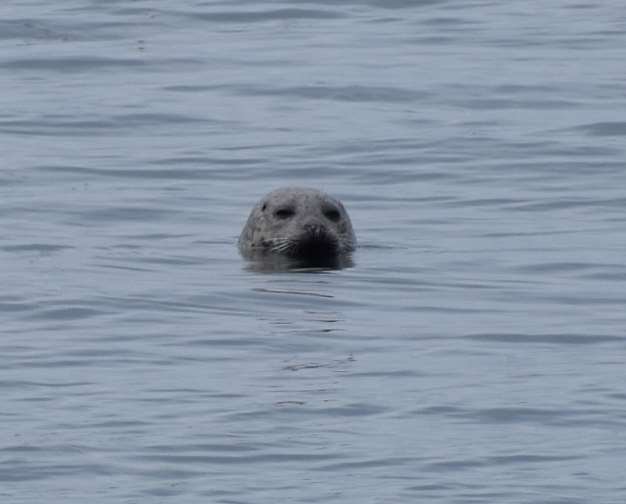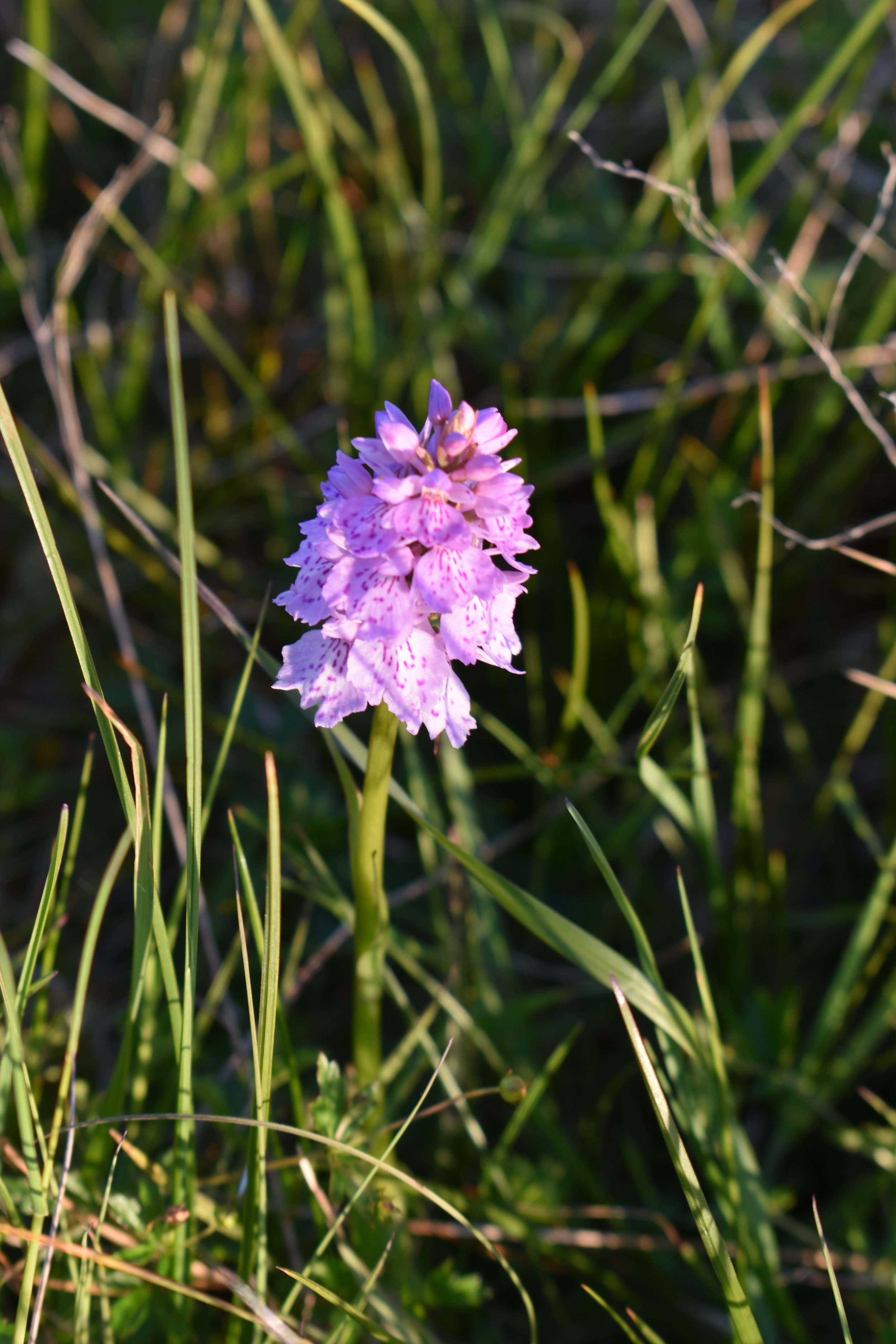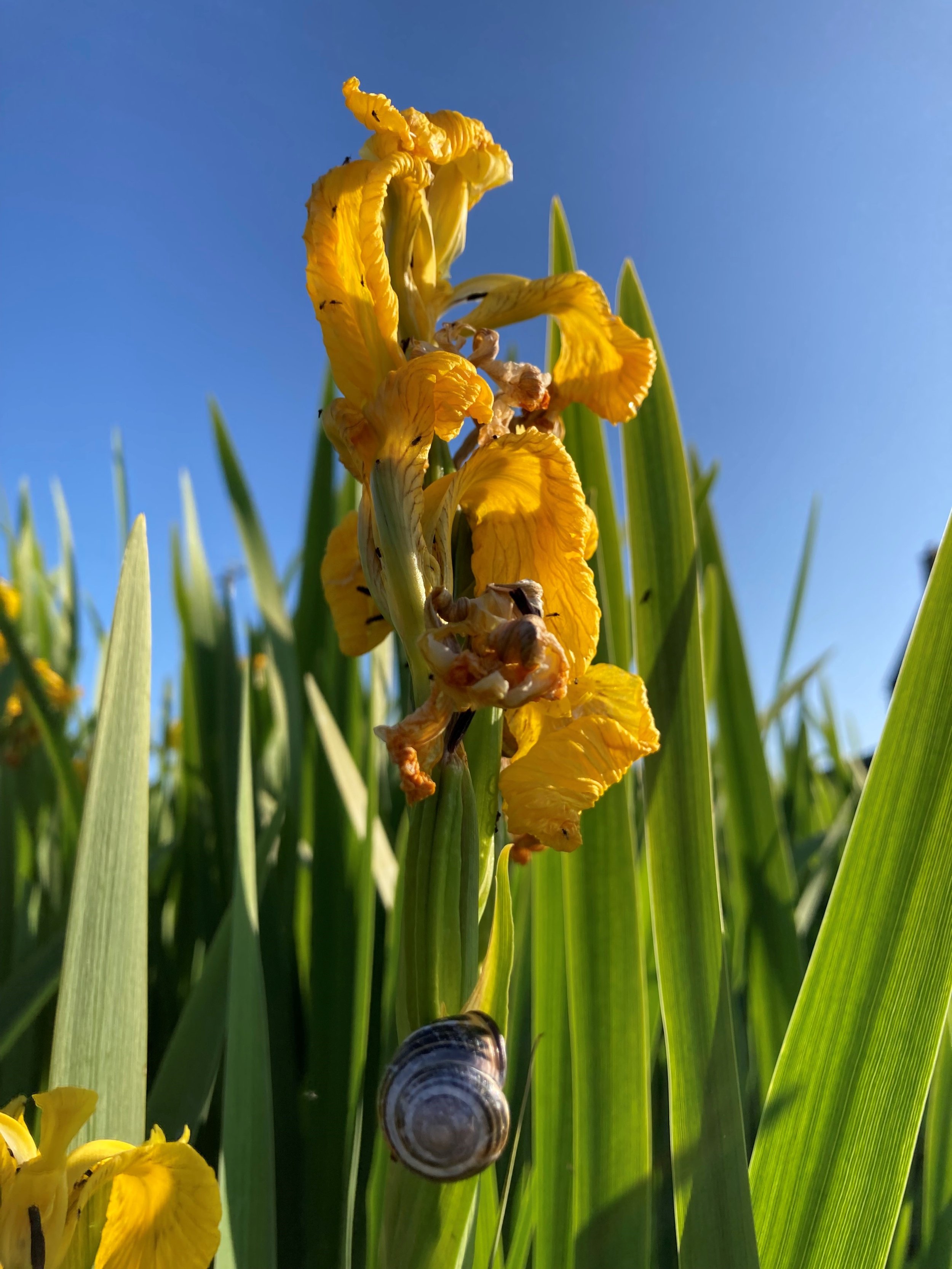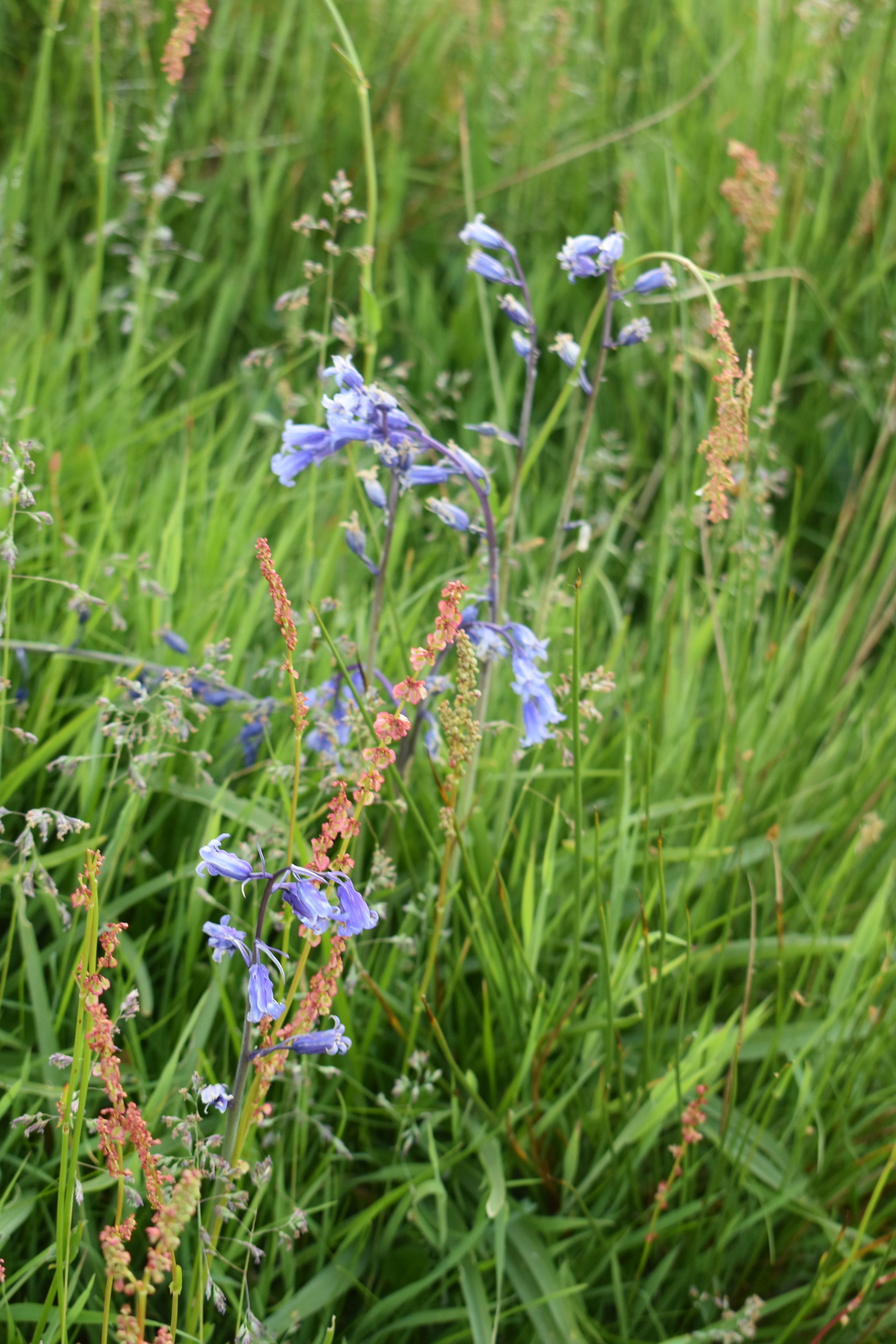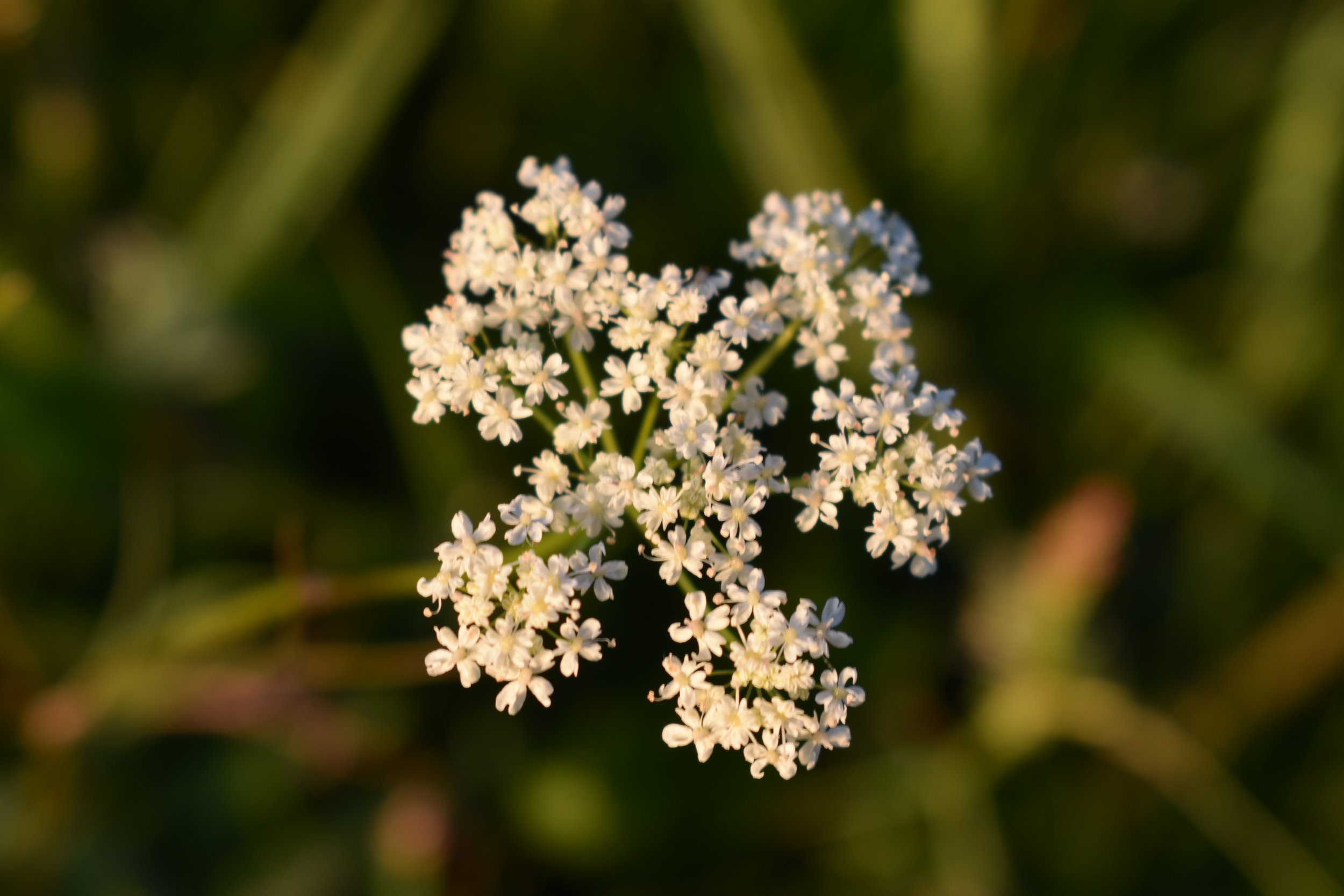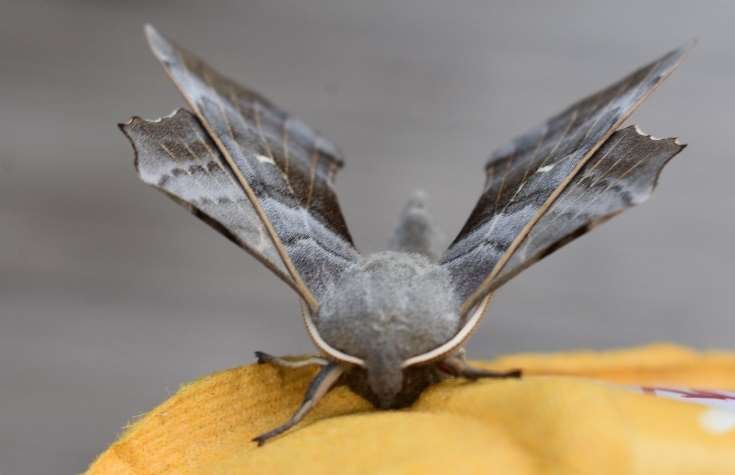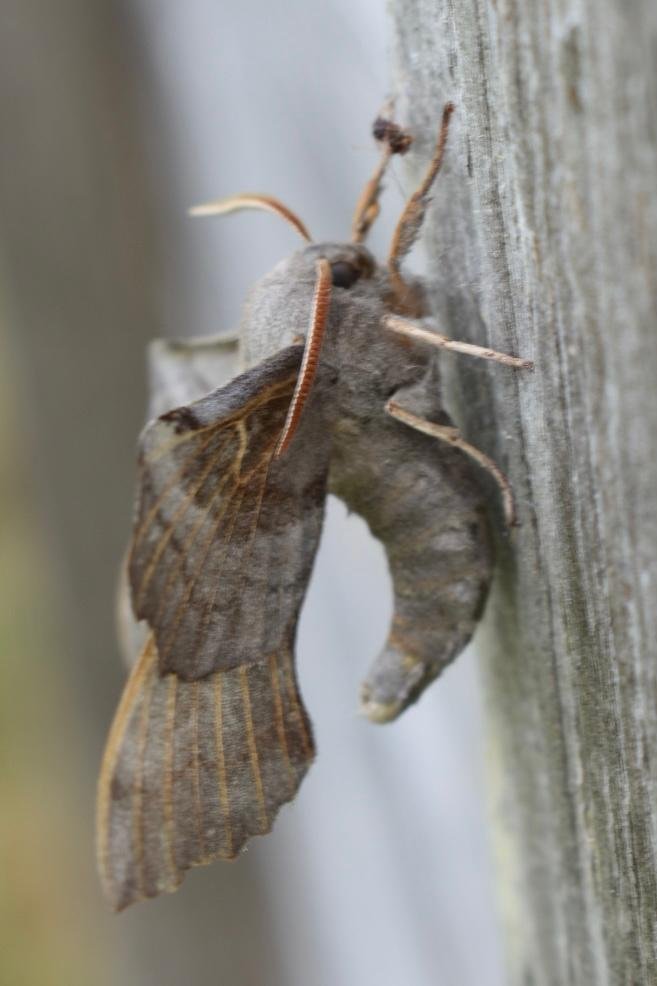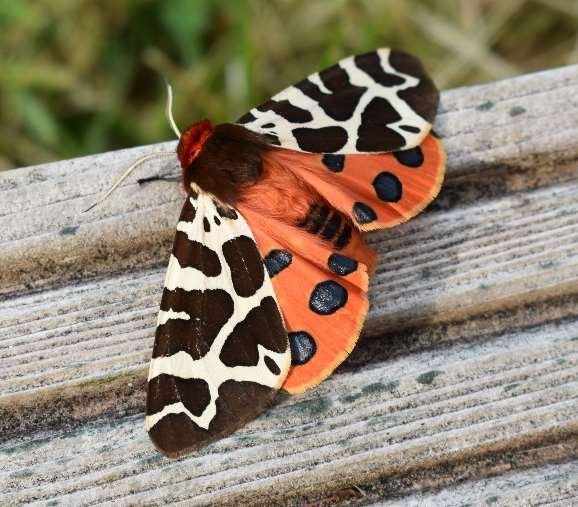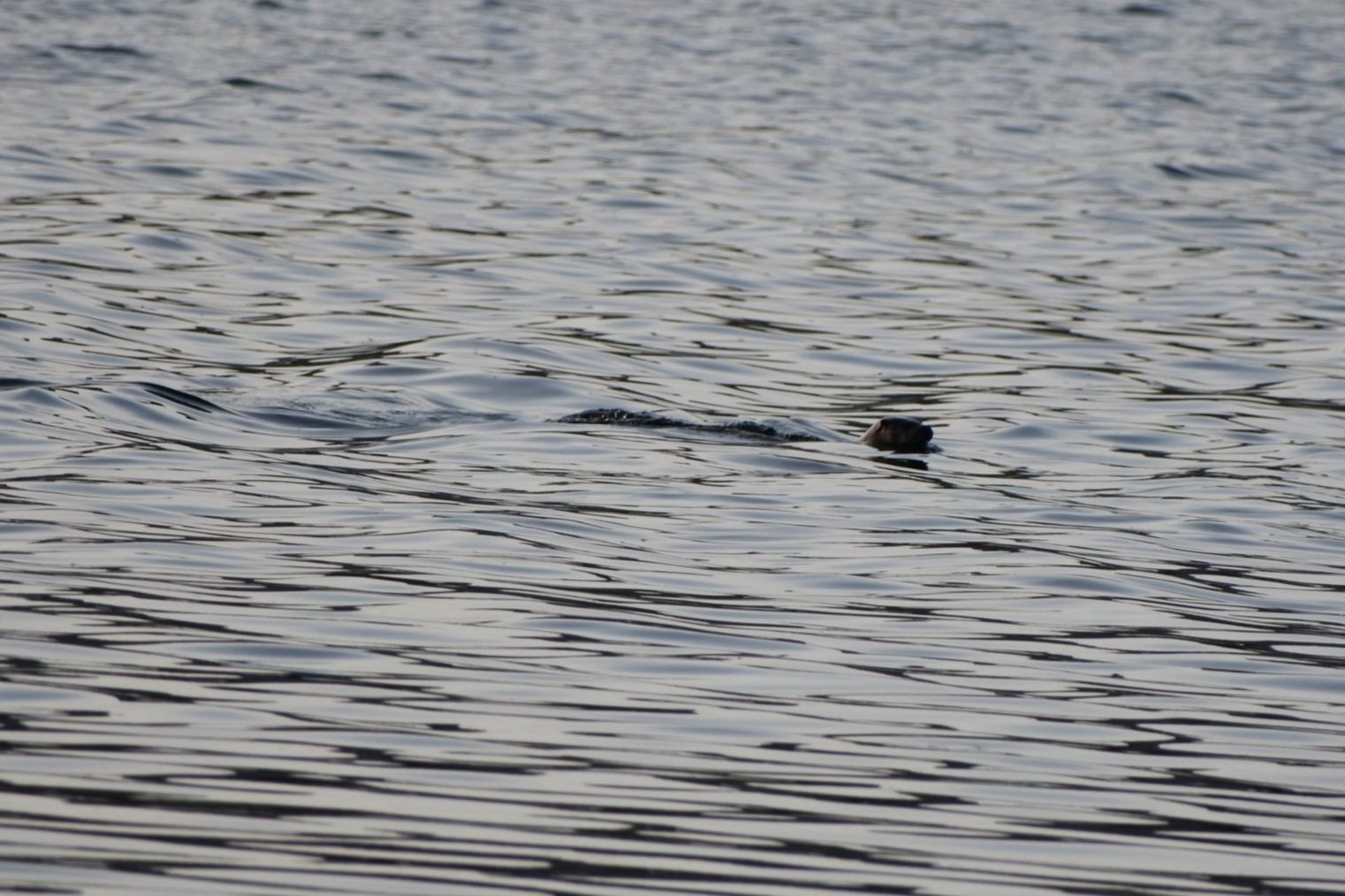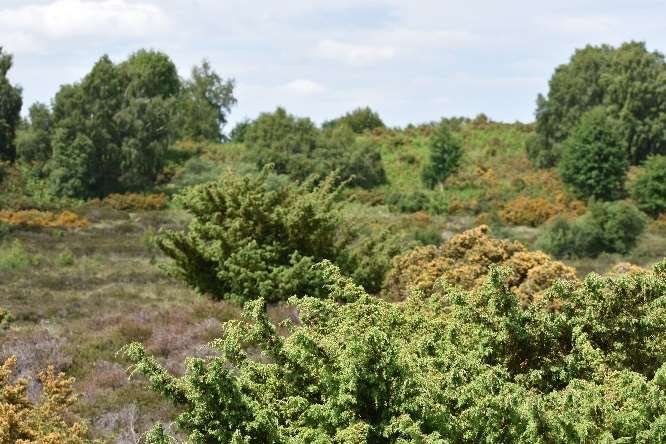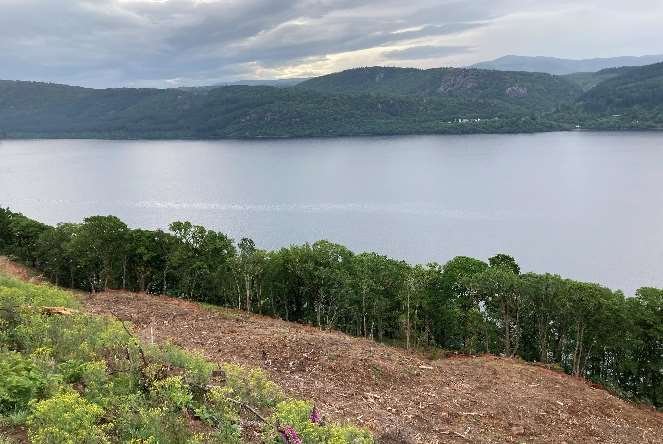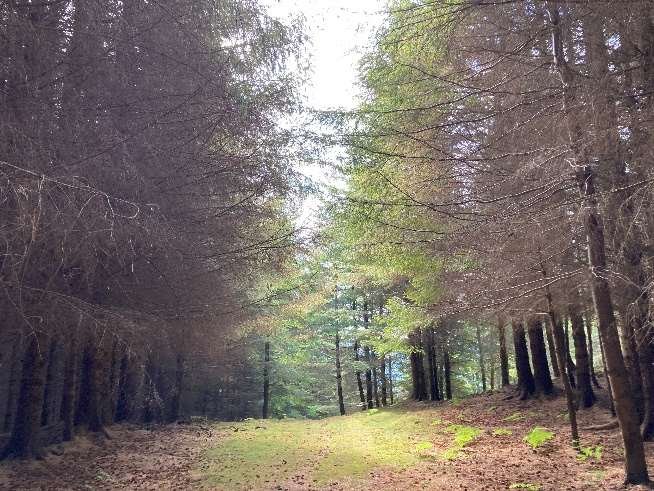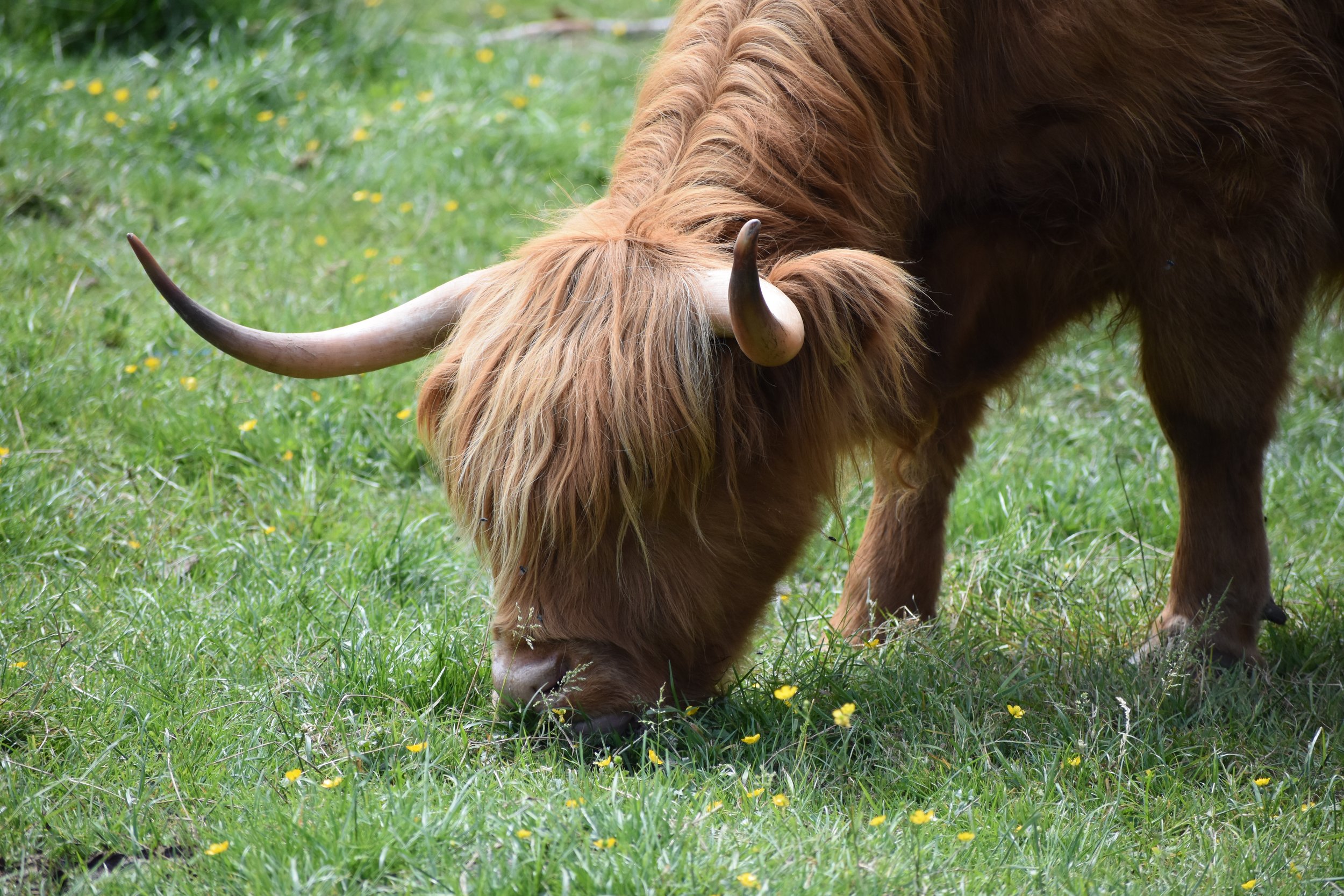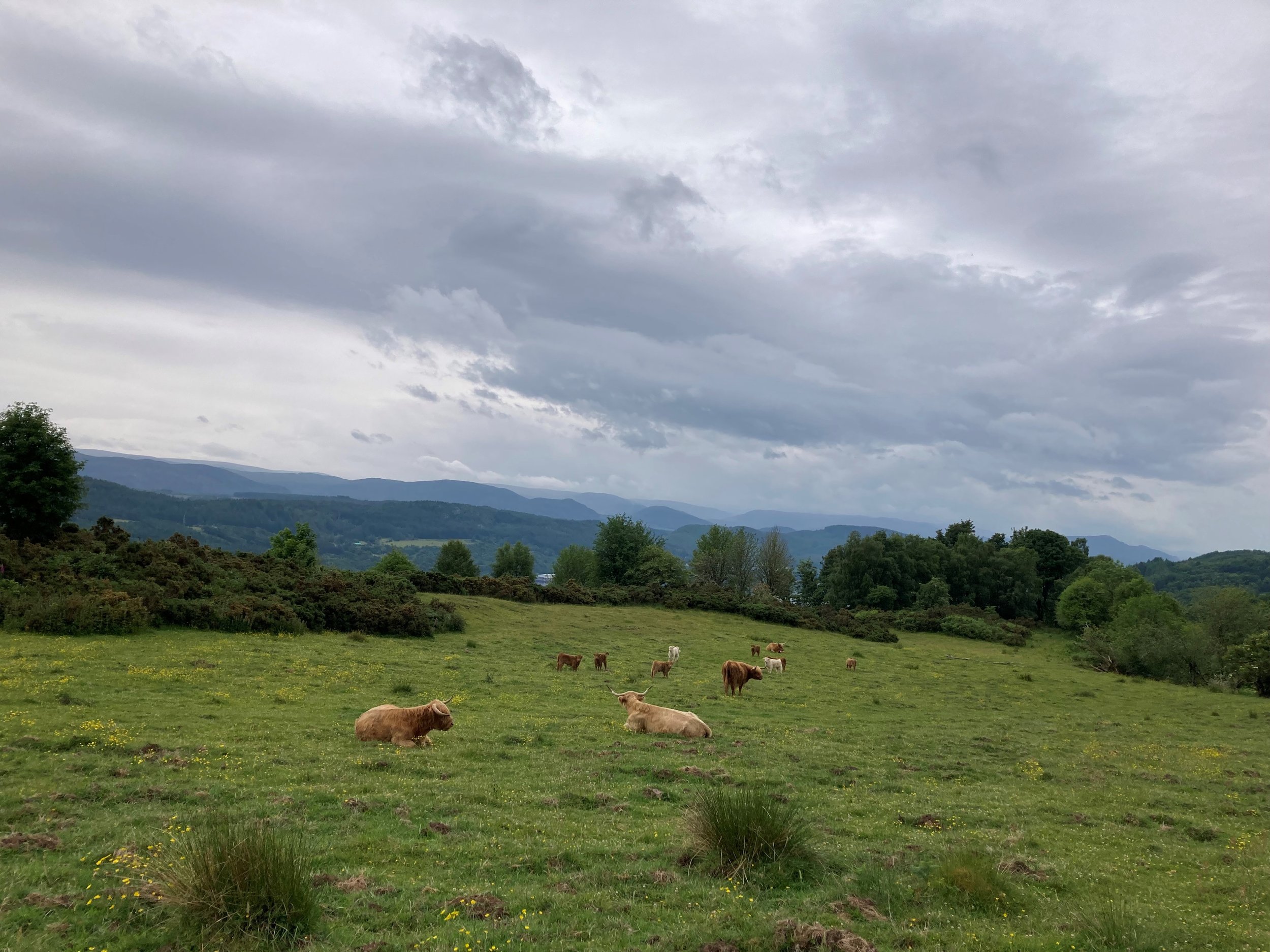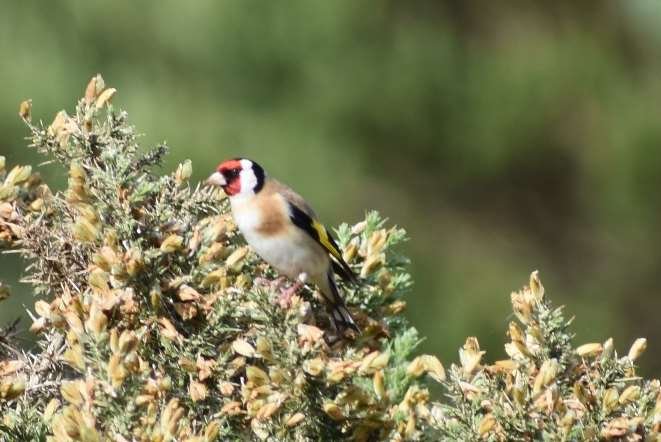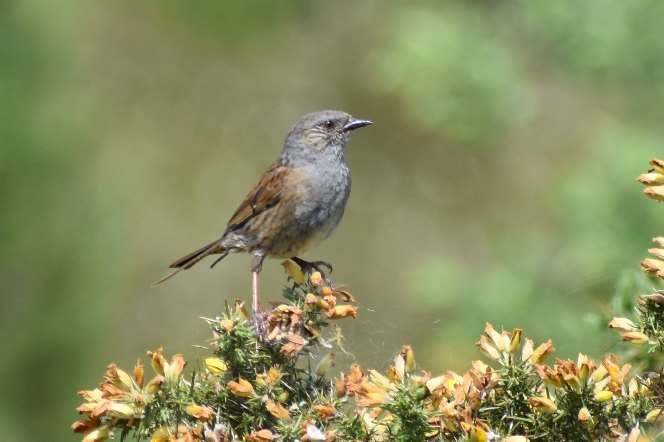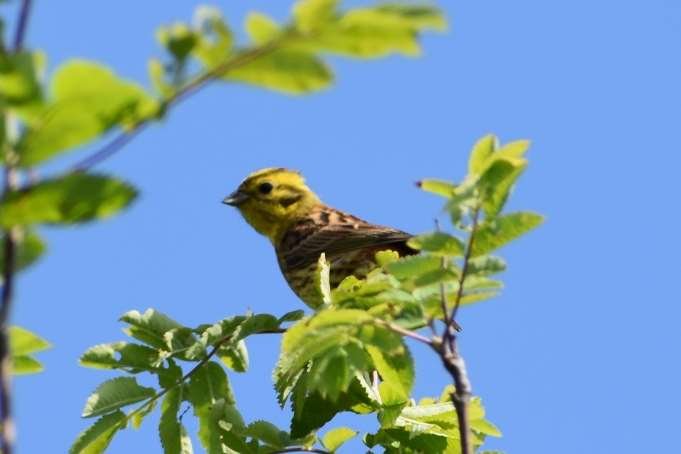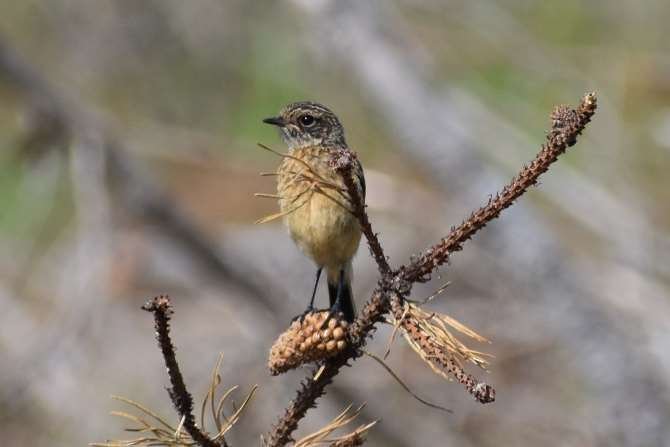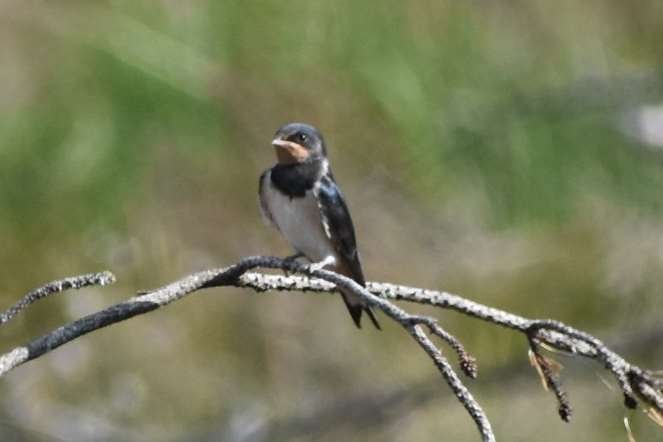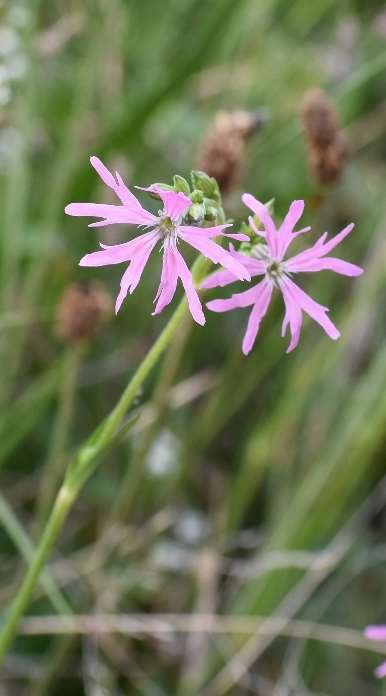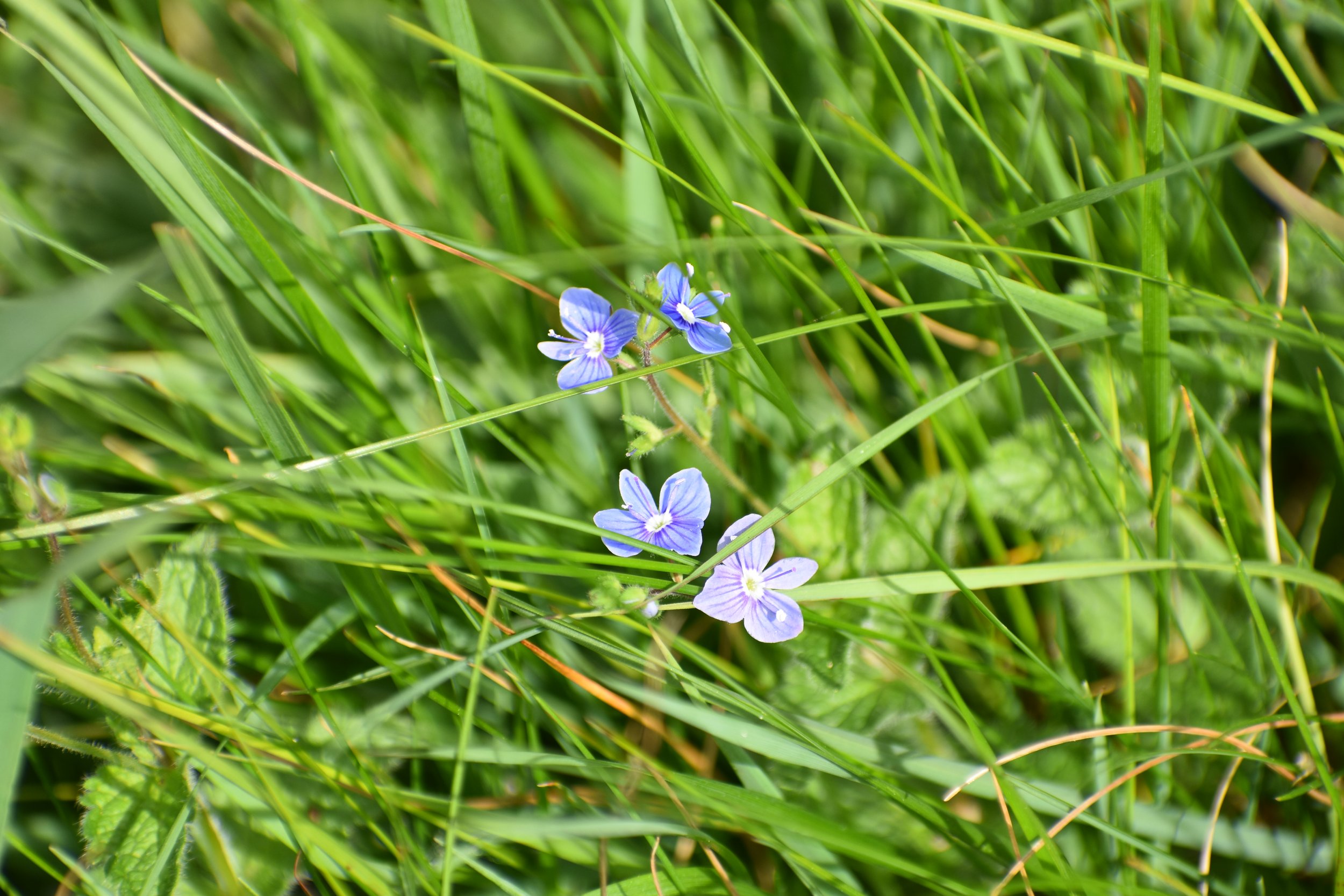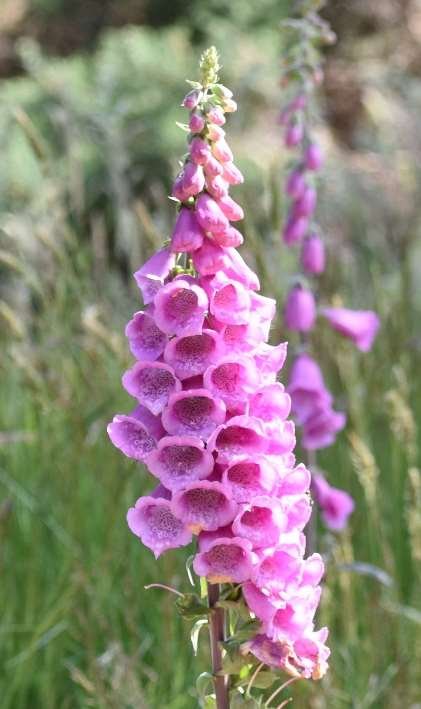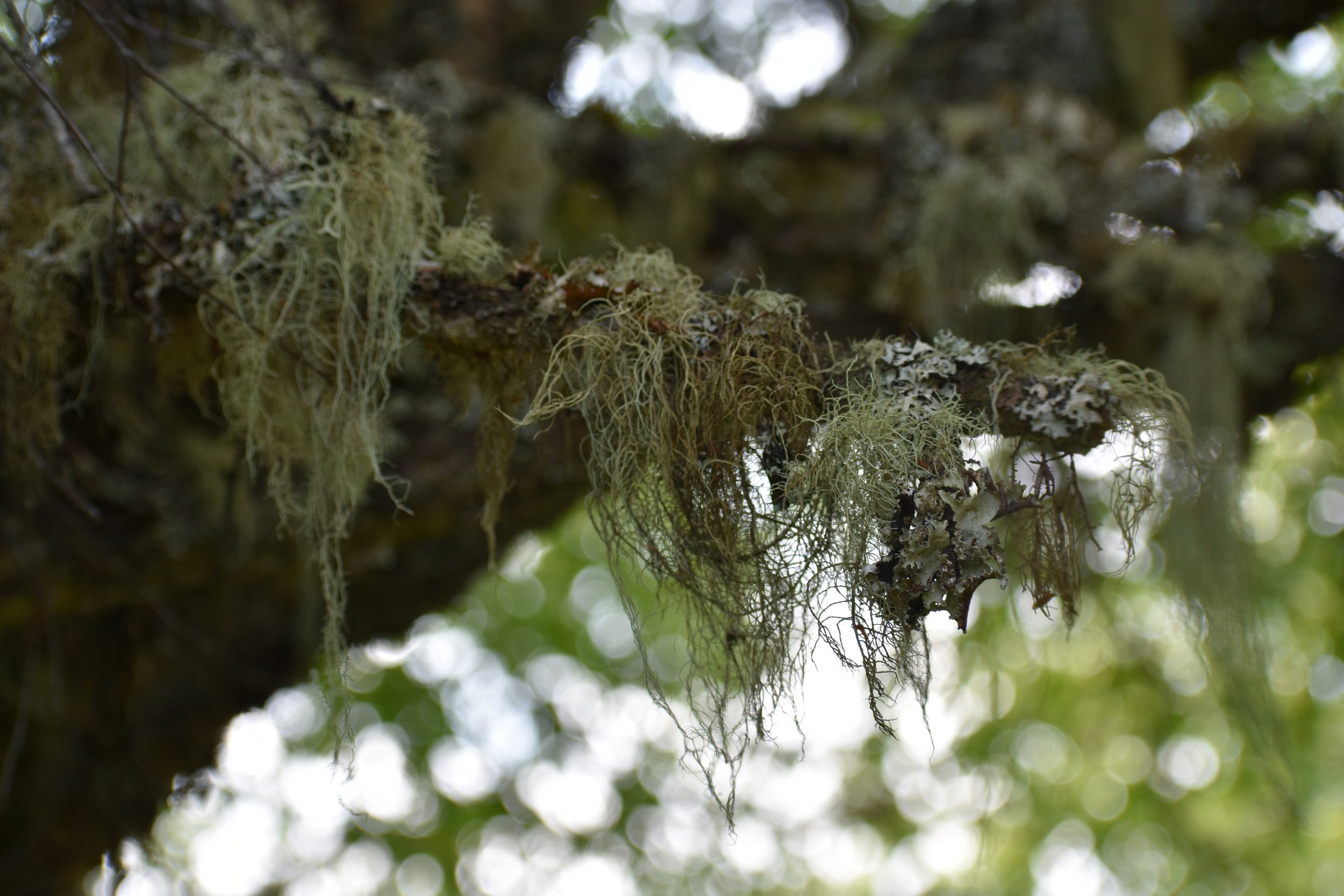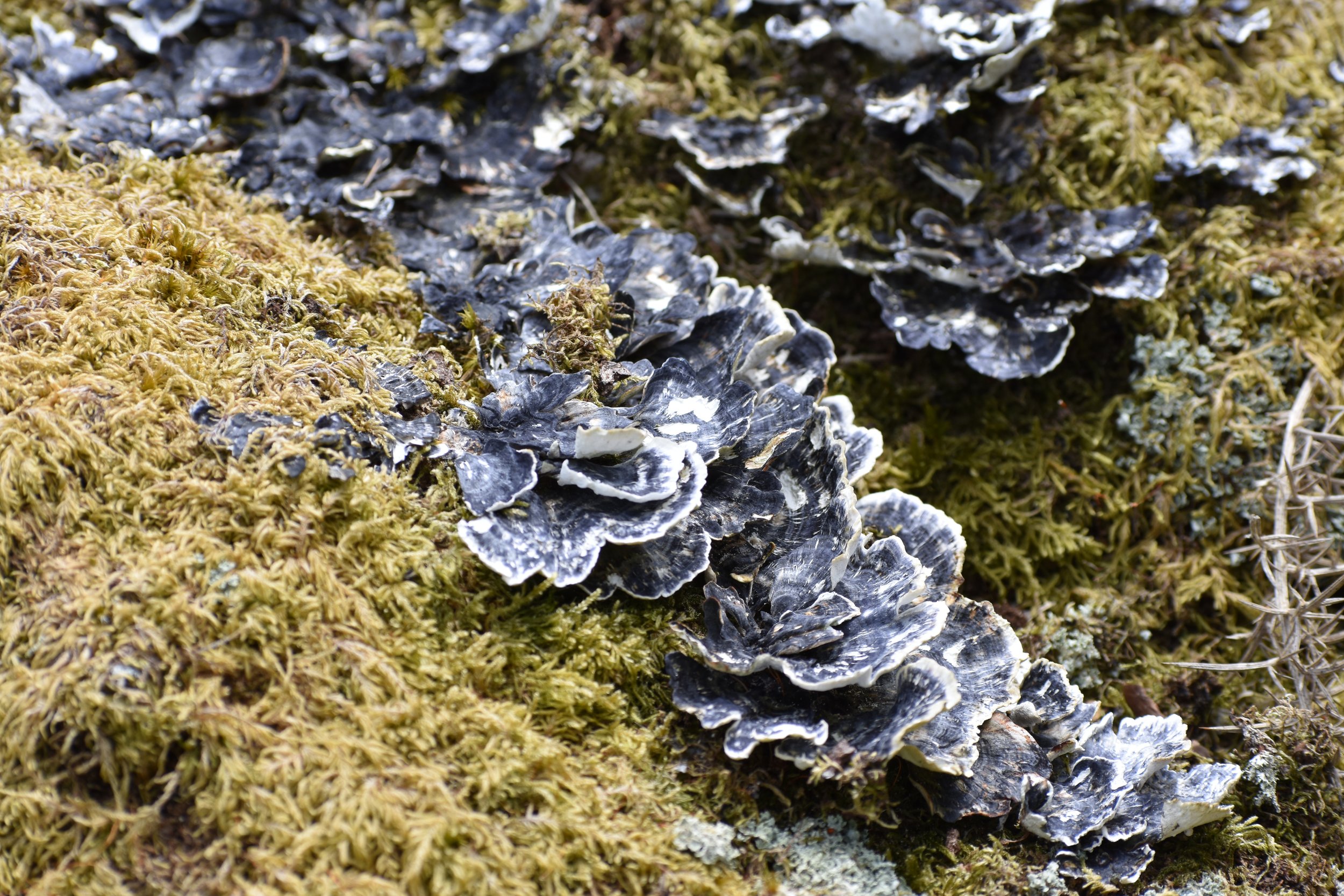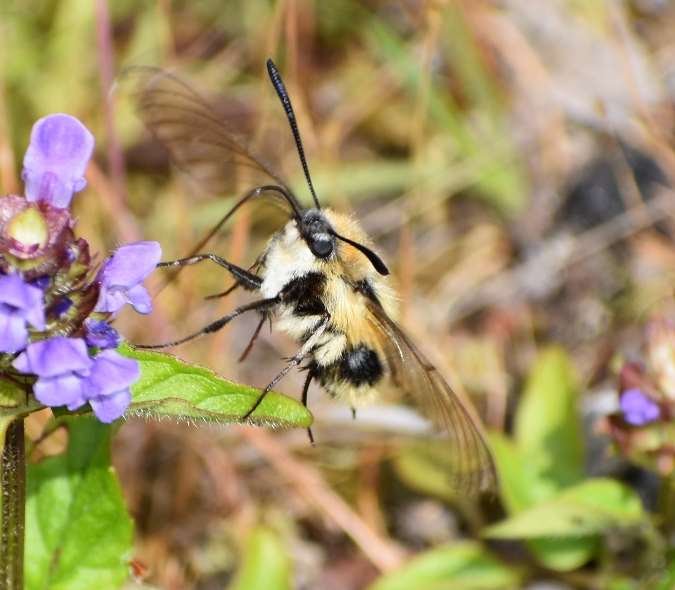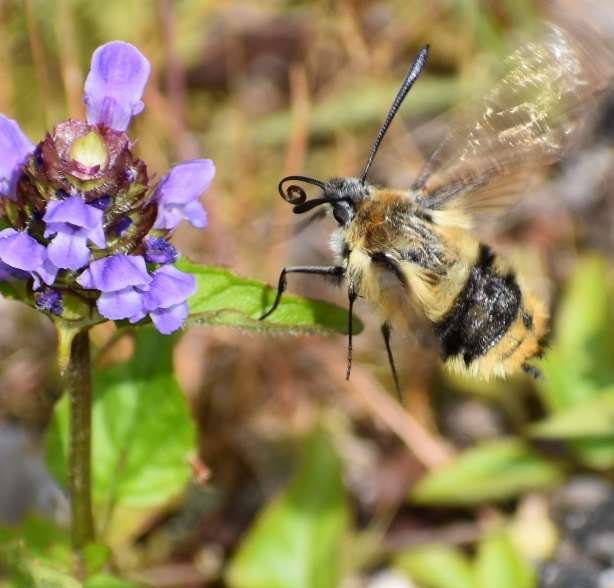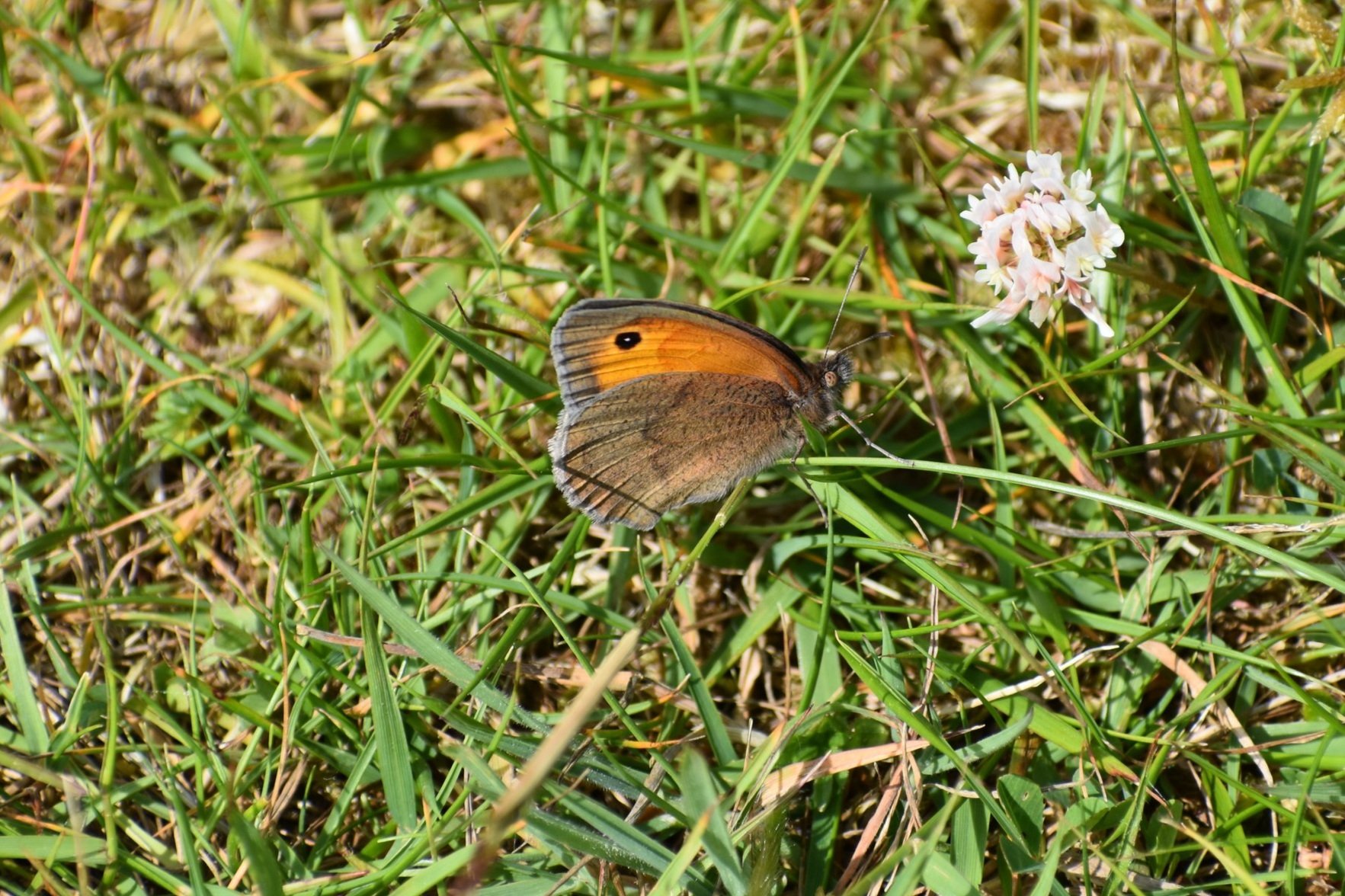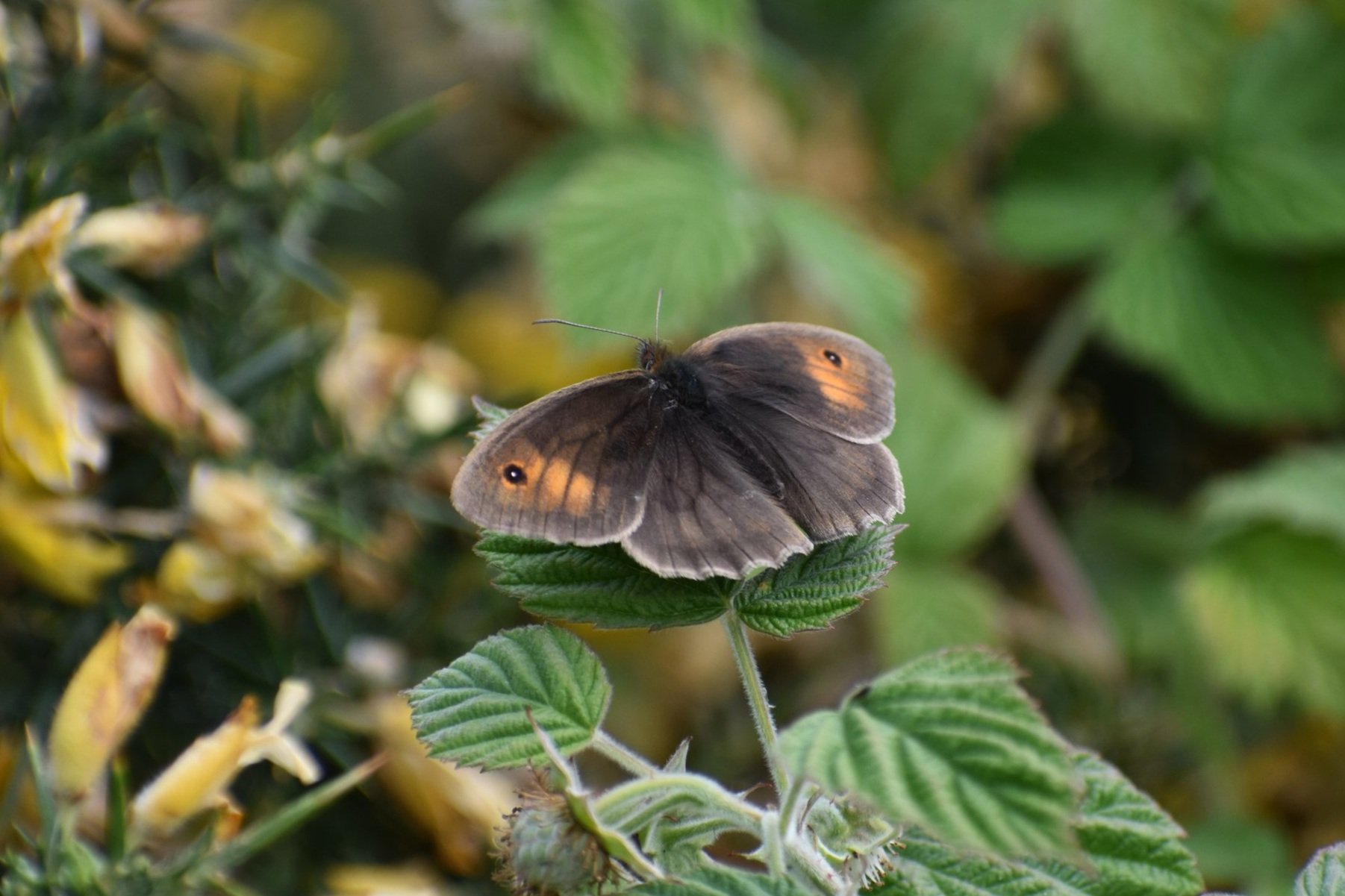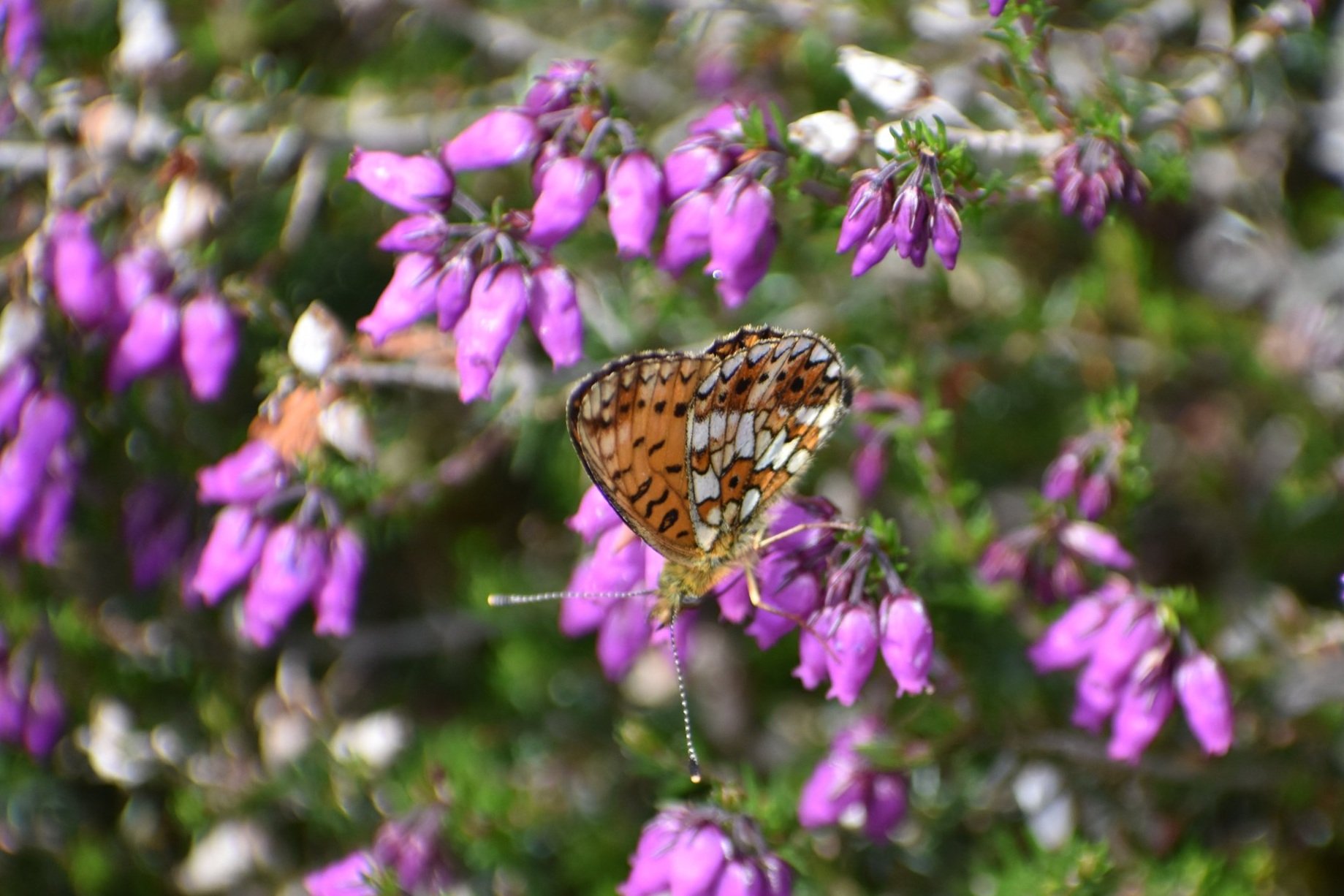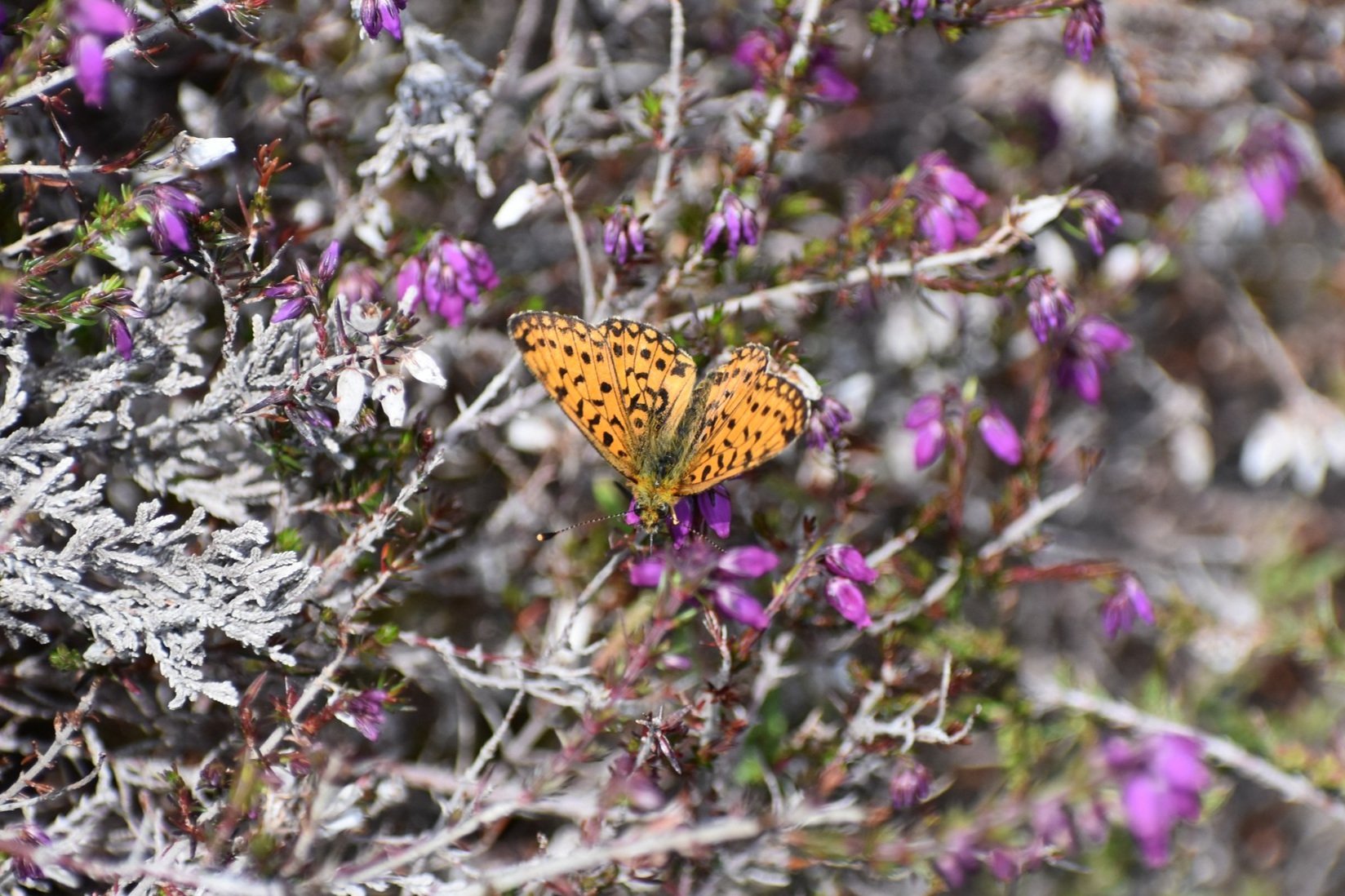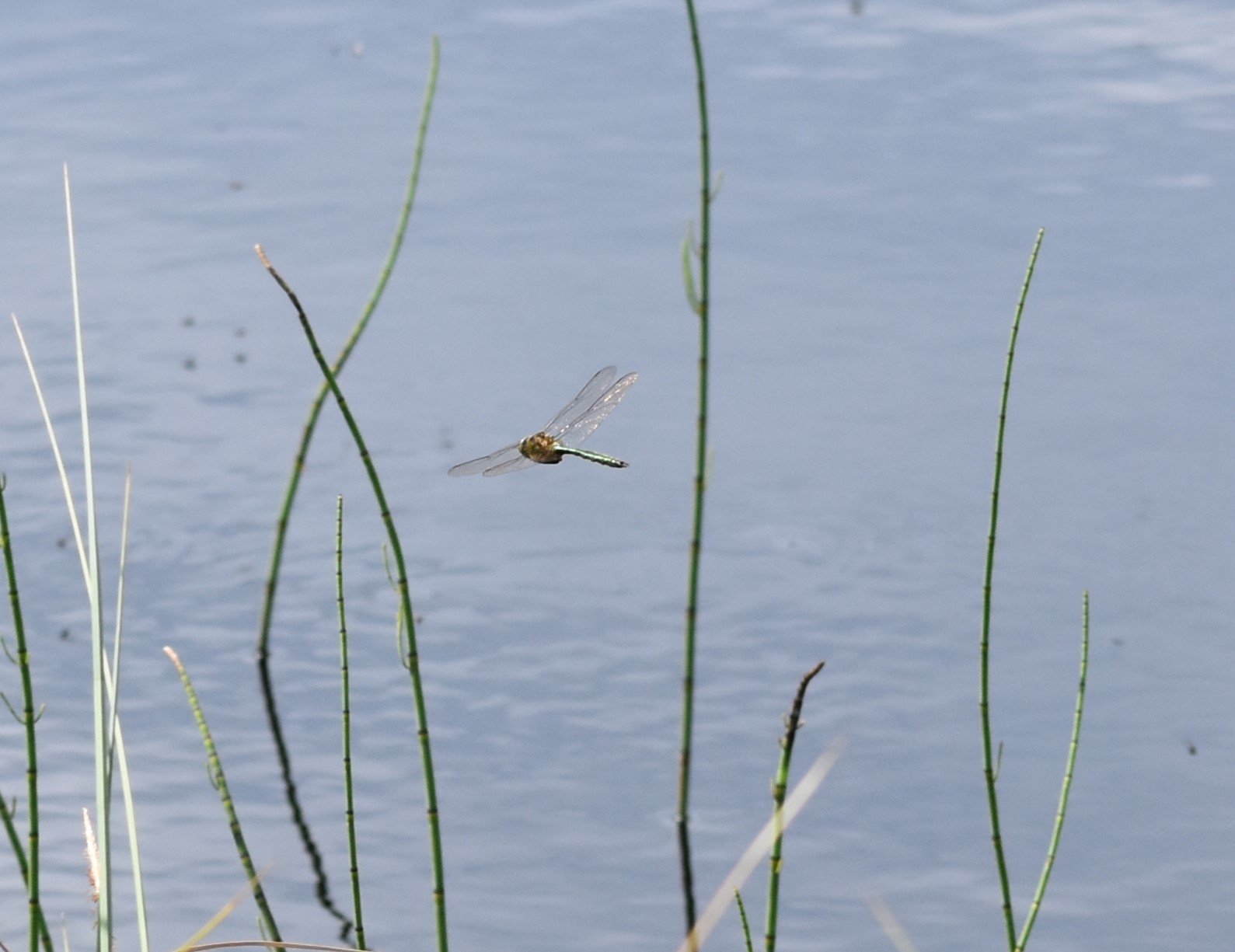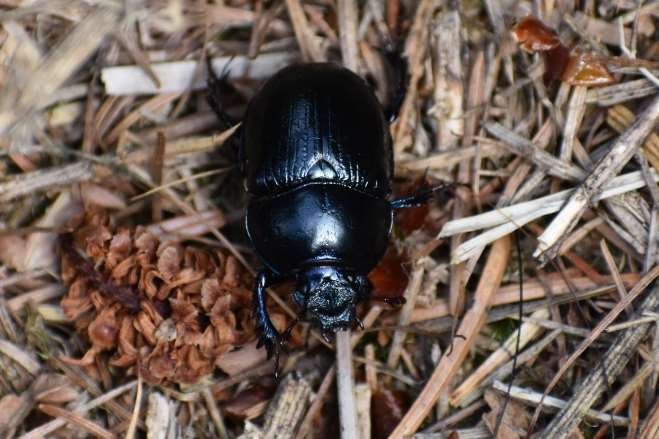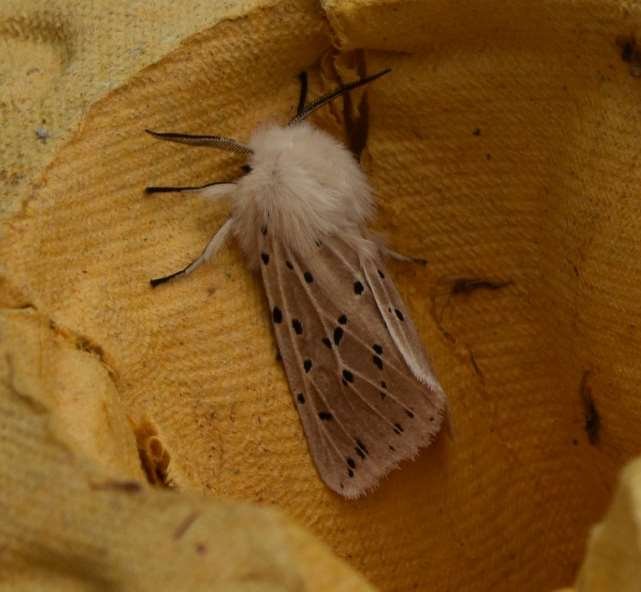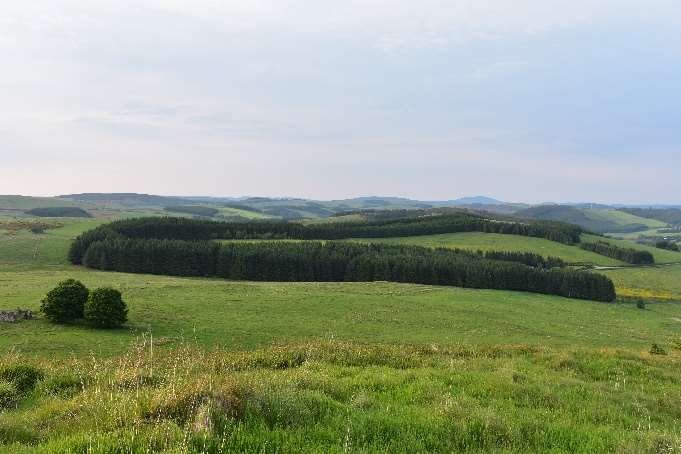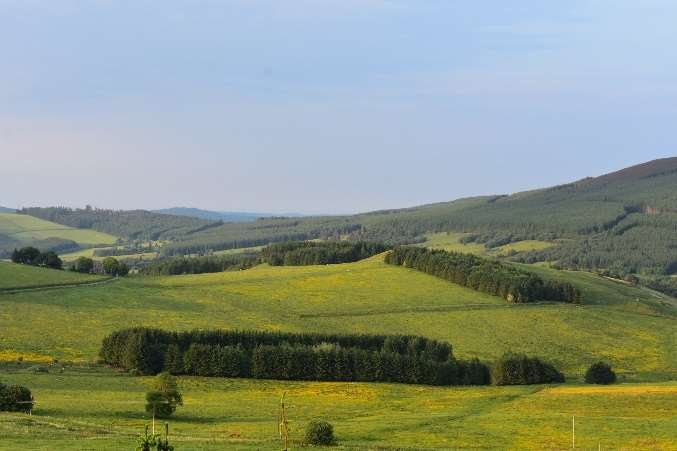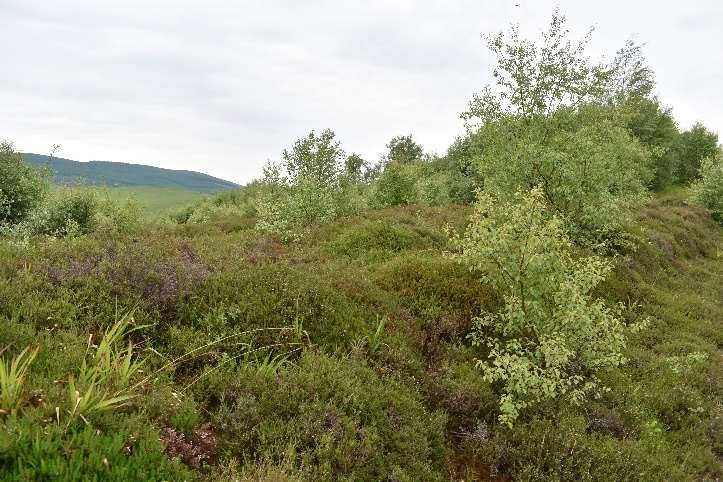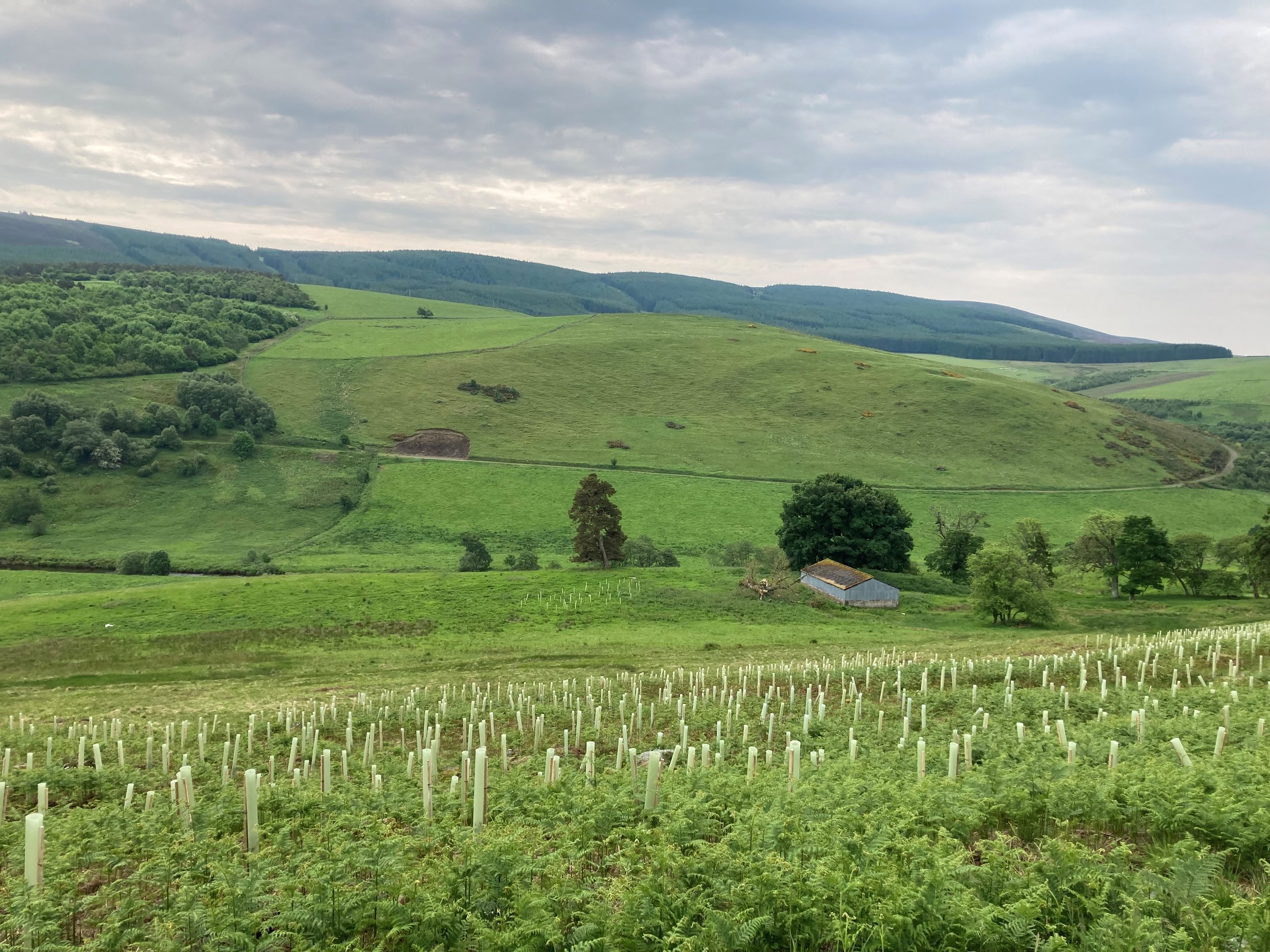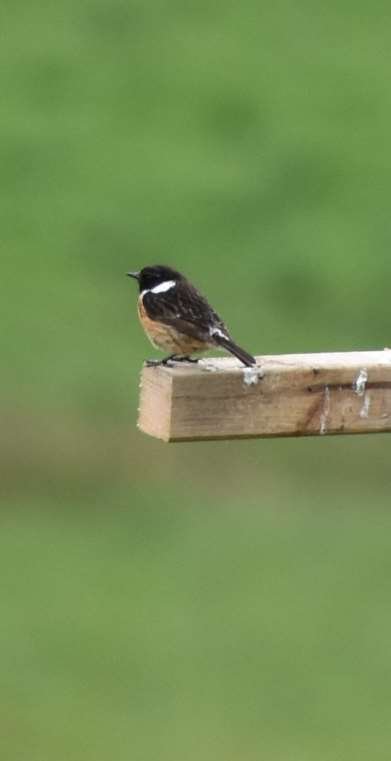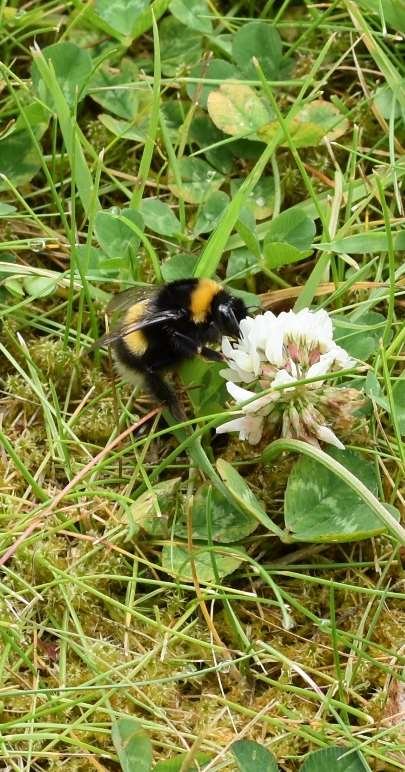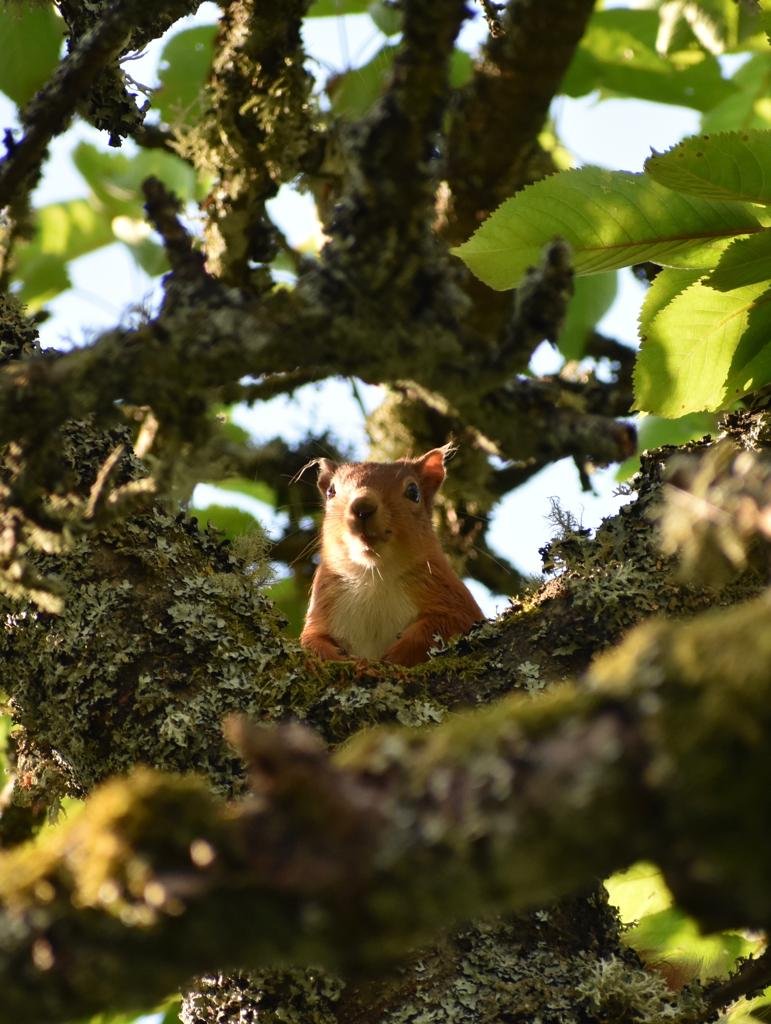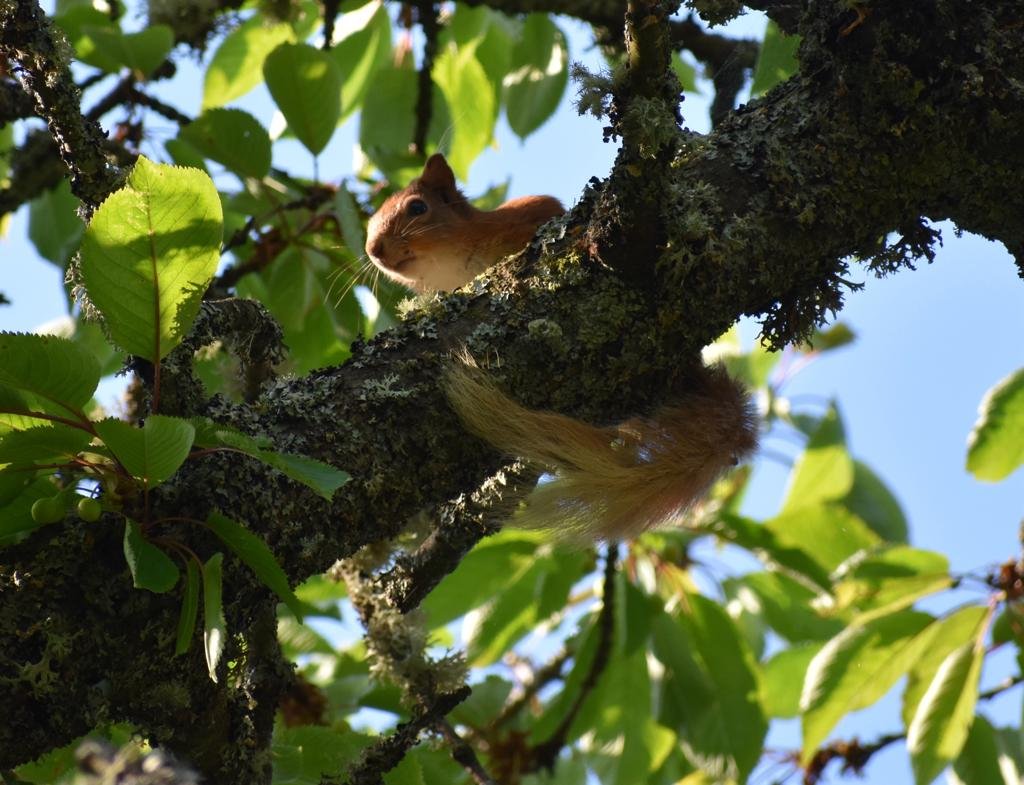The land behind the data
A photo journal across three estates, by Cathy Atkinson, Chief Data Scientist.
As a data scientist I have spent most of my time since joining Highlands Rewilding in July last year at my computer working on the wonderous variety of data we have about the land we manage. Recent team planning days and research activities at all three estates gave me the opportunity to exchange being in front of the computer for being behind the camera and share an update of what June looks like in each place. The below is not meant to be a representative sample of life on each estate (that would include a lot more photos of ticks and midges), but a small taste of what caught my eye when I was out and about with the camera.
Tayvallich Estate, Argyll and Bute
This was my first visit to Tayvallich, the latest addition to the Highlands Rewilding project. Prior to the visit I had done quite a bit of work mapping various datasets for the area and my overall impression was an awkwardly long and thin estate that didn’t fit nicely onto my screen. The reality is an incredible area of land (and sea). The long days around midsummer provided opportunities to explore in the evening and morning light.
One of the exciting possibilities at Tayvallich is expanding the areas of temperate rainforest (as Calum and Penelope described in their blogpost).
Area of reedy grassland with a pocket of woodland
The coast and sea at Tayvallich also provide new rewilding opportunities, for example regenerating oyster beds and restoring sea grass meadows and kelp forests.
Cotton grass at Port nan Gallan
Walking around the coast we discovered plenty of evidence of the marine wildlife.
Geese flying over Danna Island
Along the coast of Danna Island we spotted the cows belonging to the estate enjoying the freedom to roam onto the beach. Our year of baselining on Tayvallich will inform any future regenerative agriculture plans.
Cows on Danna Island
I also spent quite some time photographing this young red squirrel at Coshandrochaid.
Young Red Squirrel at Coshandrochaid
A team from the Leverhulme Centre for Nature Recovery at Oxford University visited Tayvallich to discuss research plans. They brought a drone with them to capture high resolution LIDAR and multi-spectral data. The data will be used to explore the vegetation of Tayvallich, including the heights of the trees.
Yadvinder Malhi from the Oxford group set up a moth trap in the garden at Coshandrochaid. In the morning there was a good variety of moth species, including these two eye-catching specimens.
The highlight of the time in Tayvallich was an early morning otter spotting expedition with one of the members of the local community. We were lucky enough to see an otter and watch it swimming and diving for several minutes.
Bunloit Estate, Inverness-shire
It would take a lot of photos to show what June looks like across the full range of habitats at Bunloit. The view over the largest lochan at Bunloit captures a few, including the gorse, heather, willows, birch, Scot’s pine and, of course, the water itself, vitally important given the recent hot dry weather.
The largest lochan at Bunloit
The group of Highland cows, belonging to the local farmer, were busy at work on the pasture area helping to maintain it as species-rich grassland.
June is also a great time of year for seeing birds at Bunloit whilst the parents are out gathering food for their young. I heard cuckoos every day and Bunloit is the first place I’ve been woken up in the morning by a cuckoo. The brash in one of the peat areas where a conifer plantation has been felled, provides handy perches for birds to pause for a while, including the swallow and female stone chat pictured below.
The yellow gorse flowers were just going over but several other plants were in flower providing splashes of colour, particularly the foxgloves which thrive on disturbed ground such as where trees have been felled.
June is a good time of year for seeing insects, particularly bees. My colleague Penelope, one of our Co-chief Scientists, is a bumblebee expert. I spent some time trying to photograph the bumblebees for her and thought I had finally had luck with this one, which moved more slowly than the others. She pointed out that if you look closely you can see the antenna which suggests it’s a hawk moth.
The bumblebees I did managed to photograph tended to have their backs to me, whilst busy collecting pollen.
Early bumblebee on plantain
Butterflies were also busy across the estate. The highest numbers were the Meadow Browns but I also spotted Pearl-bordered Fritillaries and Red Admirals. I have a new found respect for people who take good photographs of insects, particularly butterflies and dragonflies which move so quickly.
Yadvinder Malhi had the moth trap out again one night at Bunloit and the moths the following morning included this spectacular White Ermine.
Beldorney, Aberdeenshire
I’ve previously seen Beldorney in a range of weather conditions, including deep snow. June had the benefit of sunshine, and the opportunity to see the calves of the Wee Mob. These cows are part of the regenerative agriculture Nikki and James Yoxall are leading at Beldorney. The adaptive multi-paddock grazing approach they use results in the long grass and variety of plant species you can see in the photo.
The Wee Mob
Beldorney is predominantly grassland interspersed with woodland. A walk up Craig Dorney, the high point of the estate and site of a Pictish hill fort, provides views out across the estate.
Sun setting behind Craig Dorney
This malaise trap Penelope set up is part of the Welcome Sanger Institute BIOSCAN project to study the genetic diversity of flying insects across the UK. Beldorney and Bunloit are two of the sites for the project. The malaise trap will be set up for 24 hours once a month for 5 years. The data from the DNA metabarcoding of the insects will provide a useful insight into the changing insect populations.
The wildlife highlight at Beldorney this visit was this red squirrel which was in the tree outside Keeper’s Cottage early one morning.
We will be publishing our third natural capital report later in the year which will provide a detailed update about what we’ve been doing on each estate and our scientific research.








